This is an Example of how to loop through your data using an array.
Option Explicit
Public Sub UnPivotData()
Dim wsSrc As Worksheet 'define source sheet
Set wsSrc = ThisWorkbook.Worksheets("Source")
Dim wsDest As Worksheet 'define output sheet
Set wsDest = ThisWorkbook.Worksheets("Destination")
Dim LastRow As Long 'find last used row
LastRow = wsSrc.Cells(wsSrc.Rows.Count, "A").End(xlUp).Row
Dim LastCol As Long 'find last used column
LastCol = wsSrc.Cells(1, wsSrc.Columns.Count).End(xlToLeft).Column
Dim srcArr As Variant 'read data range into an array (makes it faster)
srcArr = wsSrc.Range("A1", wsSrc.Cells(LastRow, LastCol)).Value
Dim OutRow As Long 'find next free output row in destination sheet.
OutRow = wsDest.Cells(wsDest.Rows.Count, "A").End(xlUp).Row + 1
Dim iRow As Long, iCol As Long
For iRow = 2 To UBound(srcArr) 'loop through all rows
For iCol = 3 To UBound(srcArr, 2) 'loop through month columns
If srcArr(iRow, iCol) <> 0 Then 'check if quantity is not 0
With wsDest.Cells(OutRow, 1) 'write everything
.Value = srcArr(iRow, 1)
.Offset(0, 1).Value = srcArr(iRow, iCol)
.Offset(0, 2).Value = srcArr(1, iCol)
End With
OutRow = OutRow + 1 'move to the next free row
'Debug.Print srcArr(iRow, 1), srcArr(iRow, iCol), srcArr(1, iCol)
End If
Next iCol
Next iRow
End Sub
Alternative if you want to use a even quicker way using an array for output too
Option Explicit
Public Sub UnPivotDataFastOutput()
Dim wsSrc As Worksheet 'define source sheet
Set wsSrc = ThisWorkbook.Worksheets("Source")
Dim LastRow As Long
LastRow = wsSrc.Cells(wsSrc.Rows.Count, "A").End(xlUp).Row
Dim LastCol As Long
LastCol = wsSrc.Cells(1, wsSrc.Columns.Count).End(xlToLeft).Column
Dim srcArr As Variant 'read data range into an array
srcArr = wsSrc.Range("A1", wsSrc.Cells(LastRow, LastCol)).Value
Dim OutRow As Long
OutRow = 1
Dim destRowCount As Long 'calculate array size
destRowCount = Application.WorksheetFunction.CountIf(wsSrc.Range("C2", wsSrc.Cells(LastRow, LastCol)), "<>0")
Dim destArr As Variant
ReDim destArr(1 To destRowCount, 1 To 3)
Dim iRow As Long, iCol As Long
For iRow = 2 To UBound(srcArr)
For iCol = 3 To UBound(srcArr, 2)
If srcArr(iRow, iCol) <> 0 Then
'output into array
destArr(OutRow, 1) = srcArr(iRow, 1)
destArr(OutRow, 2) = srcArr(iRow, iCol)
destArr(OutRow, 3) = srcArr(1, iCol)
OutRow = OutRow + 1
'Debug.Print srcArr(iRow, 1), srcArr(iRow, iCol), srcArr(1, iCol)
End If
Next iCol
Next iRow
'write array into sheet
ThisWorkbook.Worksheets("Destination").Range("A2").Resize(destRowCount, 3).Value = destArr
End Sub


